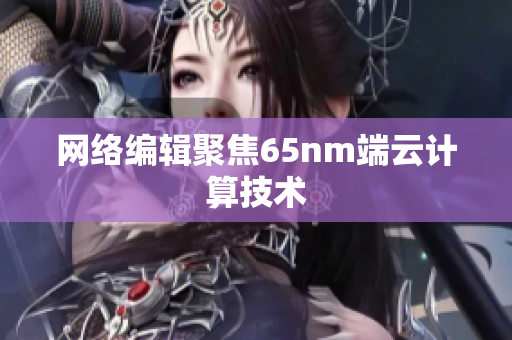14MAY18_XXXXXL56ENDIAN60
14MAY18_XXXXXL56ENDIAN60 is a code used in computer systems. It refers to a specific configuration of data storage that determines the "endian-ness" of the system. Endianness refers to how the bytes of multi-byte values, such as integers or floating-point numbers, are arranged in memory. In little-endian systems, the least significant byte comes first, while in big-endian systems, the most significant byte comes first. The "60" in the code refers to the fact that this system uses 60-bit words, and the "XXXXXL56" refers to the specific model or architecture of the system.
This code is important in computer engineering because it directly affects the way data is read and written by software. For example, if a program running on a little-endian system tries to read a file written in big-endian format, it may interpret the data incorrectly. This can result in incorrect calculations, errors, or crashes. It is therefore important for software developers to understand the endianness of the systems their programs run on, and to write code that is compatible with different endianness configurations.
14MAY18_XXXXXL56ENDIAN60 is not the only possible endianness configuration for computer systems. There are many other possible arrangements, depending on the size of the words, the architecture of the system, and the preferences of the designers. Some systems even use mixed endianness, where different types of data are stored in different endianness modes. However, 14MAY18_XXXXXL56ENDIAN60 is a relatively common configuration used in many types of processors and microcontrollers.
14MAY18_XXXXXL56ENDIAN40
14MAY18_XXXXXL56ENDIAN40 is another code used in computer systems to describe the endianness configuration. As the name suggests, this system uses 40-bit words, and it is based on the XXXXXL56 architecture. However, unlike 14MAY18_XXXXXL56ENDIAN60, this system uses big-endian ordering.
Big-endian ordering was the original method used in computer systems for storing multi-byte values. In this arrangement, the most significant byte is stored first, followed by the other bytes in decreasing order of significance. For example, the value 0x12345678 would be stored as 0x12 0x34 0x56 0x78 in memory. This ordering makes it easy for human programmers to read and visualize the data, as the most significant digits are listed first.
However, as computer systems have evolved, little-endian ordering has become more popular. This is partly due to the fact that little-endian systems can be more efficient in certain types of operations, such as integer arithmetic or memory copy. It is also partly due to historical accidents and decisions made by different computer manufacturers and software developers. Nevertheless, big-endian systems are still used in some contexts, especially in network protocols and file formats where a consistent byte ordering is necessary for compatibility.
14MAY18_XXXXXL56ENDIA
The code 14MAY18_XXXXXL56ENDIA is a truncated version of the previous two codes. It only specifies the architecture (XXXXXL56) and the endianness mode (-ENDIA). This code is less informative than the previous two, as it does not specify the word size. However, it still tells us something important about the system's data storage format.
The "-ENDIA" suffix in the code indicates that this system uses little-endian ordering. This means that the least significant byte of multi-byte values comes first in memory. The specific reasons why this system uses little-endian ordering are not clear from the code alone, but it may be because of efficiency or compatibility reasons.
Understanding the endianness of computer systems is important for many types of software development, from low-level operating system programming to high-level application development. By knowing how data is stored in memory, programmers can write code that is efficient, correct, and compatible with other systems. Therefore, codes like 14MAY18_XXXXXL56ENDIAN60, 14MAY18_XXXXXL56ENDIAN40, and 14MAY18_XXXXXL56ENDIA are essential tools for computer engineers and programmers.









